Packaging Line Safety Standards: Ensuring Compliance and Protection in Modern Manufacturing
As packaging automation becomes faster and more complex, ensuring operator and machine safety is more critical than ever. Packaging line safety standards — such as ISO, CE, and OSHA — define how systems should be designed and operated to prevent accidents and downtime. At DNC Automation, we help manufacturers implement these standards through smart integration of PLC safety, SCADA, and control systems, ensuring every packaging line runs safely, efficiently, and in full compliance.
What Are Packaging Line Safety Standards and Why Do They Matter?
Packaging line safety standards are sets of international guidelines and regulations that define how packaging machinery should be designed, operated, and maintained to ensure a safe working environment. These standards apply to every stage of a packaging line — from conveyors and filling machines to robots and palletizers — ensuring that equipment operates reliably and without endangering human operators.
Safety in packaging automation is not just about preventing accidents; it’s about protecting people, machines, and productivity. A well-implemented safety framework minimizes the risk of injuries, reduces equipment downtime, and ensures consistent product quality.
For manufacturers, complying with recognized safety standards is both a legal responsibility and a strategic advantage. It helps avoid costly penalties, boosts operational efficiency, and strengthens brand reputation. In other words, safety compliance doesn’t just save lives — it also saves time, money, and credibility in the long run.
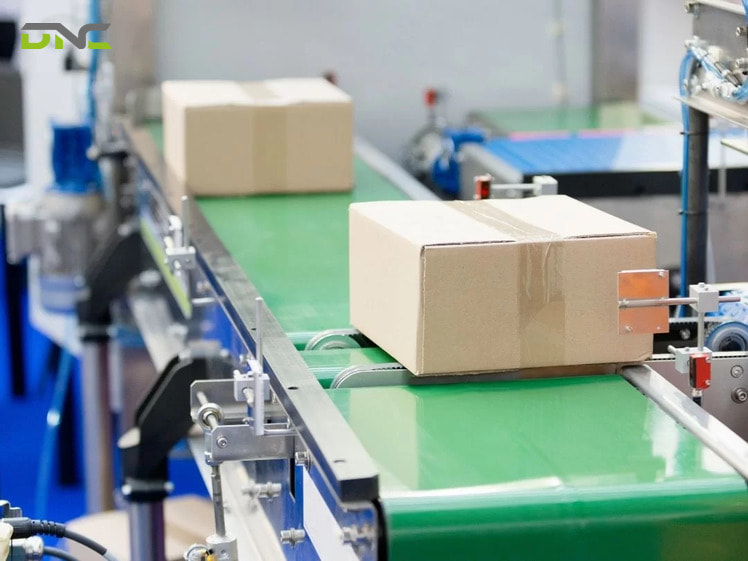
What Are Packaging Line Safety Standards and Why Do They Matter?
What Are the Key International Safety Standards for Packaging Lines?
A variety of global and regional safety standards govern how packaging equipment must be built and operated. Understanding these benchmarks helps manufacturers ensure compliance and avoid potential safety hazards. Here are the most important ones:
- ISO 12100 – Safety of Machinery: Establishes the fundamental principles for identifying hazards, assessing risks, and reducing them through proper design or protective measures. It’s the foundation of all machine safety guidelines.
- ISO 14119 – Interlocking Devices for Safety: Specifies the design and application of interlocking systems — such as safety switches, gates, and sensors — that prevent access to dangerous machine zones during operation.
- ISO 13849 / IEC 62061 – Functional Safety and Control System Reliability: Defines the safety requirements for electrical and electronic control systems. These standards ensure that safety circuits, PLCs, and relays meet the appropriate Performance Level (PL) or Safety Integrity Level (SIL) for critical operations.
- OSHA (Occupational Safety and Health Administration) – USA: Provides detailed regulations for machine guarding, emergency stops, and workplace safety procedures to protect operators in industrial environments.
- CE Marking – European Union: Confirms that machinery meets all applicable EU safety directives and can be legally sold or operated within the European Economic Area.
- ANSI/PMMI B155.1 – North America: Developed specifically for packaging and processing machinery, this standard outlines risk assessment methods, control system design, and validation steps for safe operation.
By following these international standards, manufacturers can ensure that their packaging lines are safe, compliant, and globally ready — protecting both workers and business continuity.
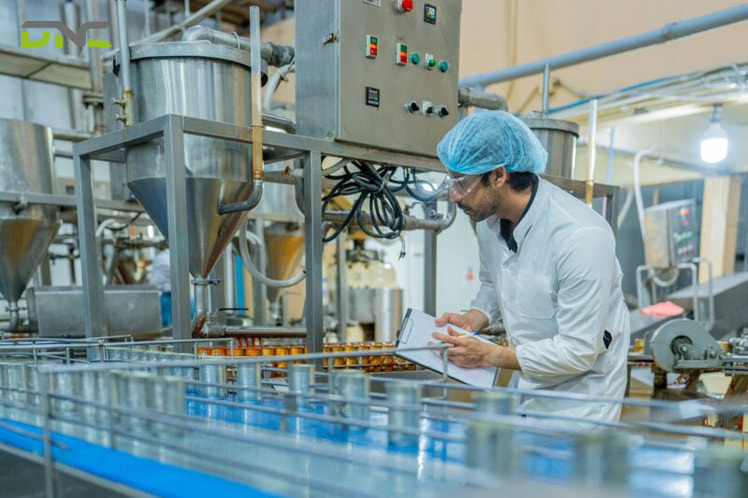
Key International Safety Standards for Packaging Lines
What Are the Common Safety Risks in Packaging Lines?
Packaging lines combine multiple moving parts — conveyors, motors, sealing machines, and robotic systems — all working at high speeds. Without proper safety measures, these components can pose significant hazards to operators and maintenance personnel.
Here are some of the most common safety risks found in packaging environments:
- Mechanical Movements: Fast-moving conveyors, rotating shafts, or robotic arms can cause crush or entanglement injuries if guards and sensors are not properly installed.
- Thermal Hazards: Heat-sealing and shrink-wrapping machines operate at high temperatures, posing burn risks to nearby workers.
- Electrical Risks: High-voltage systems and poorly insulated control panels can lead to electrical shocks or fires.
- Product Blockages & Manual Interference: When operators manually clear jams or adjust materials near moving parts, the risk of injury increases significantly.
- Lack of Interlocks or Emergency Stops: Without functional interlocking devices and easily accessible emergency stop buttons, minor incidents can quickly escalate into serious accidents.
Recognizing these potential hazards is the first step toward building a safe, reliable, and compliant packaging line.
How to Design a Safe Packaging Line?
Designing a safe packaging line requires a systematic approach that prioritizes prevention and operator protection at every stage — from layout planning to electrical control systems.
- Conduct a Risk Assessment: Begin by identifying potential hazards in each section of the packaging process. Evaluate their severity and probability to determine the necessary control measures.
- Safety Layout Planning: Create a clear separation between operation, maintenance, and inspection areas. Proper layout design minimizes the chance of workers entering dangerous zones.
- Machine Guarding: Use safety fences, covers, interlock switches, and light curtains to prevent accidental contact with moving or hot components.
- Emergency Stop & Reset Systems: Install emergency stop buttons at accessible points across the line. Ensure they meet international response-time standards and are regularly tested.
- Electrical & Control Safety: Integrate Safety PLCs, safety relays, and fail-safe circuits to manage hazardous operations with redundancy and reliability. Functional safety programming allows controlled stops and quick system recovery.
A well-designed safety system not only protects operators but also enhances uptime and equipment longevity.
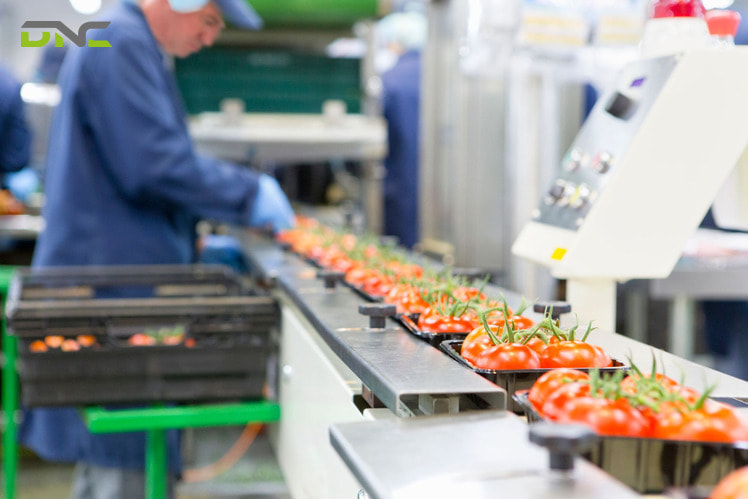
Designing a safe packaging line requires a systematic approach that prioritizes prevention and operator protection at every stage
What Safety Devices and Technologies Are Used in Packaging Automation?
Modern packaging lines rely on advanced safety devices and smart technologies to prevent accidents and ensure continuous operation. The most common include:
- Light Curtains & Area Scanners: Detect human presence in restricted zones and automatically stop the machine when triggered.
- Safety PLCs & Safety Relays: Provide reliable logic control for emergency stops, interlocks, and system diagnostics.
- Emergency Stop Buttons, Interlocks, and Safety Gates: Allow immediate shutdown of machinery when unsafe conditions arise.
- Vision Systems for Operator Detection: Use cameras and sensors to monitor operator positions and detect unsafe proximity to moving parts.
- Lockout/Tagout (LOTO) Mechanisms: Ensure equipment is properly de-energized during maintenance or repair, preventing accidental restarts.
When integrated effectively, these technologies create multiple layers of protection — forming a comprehensive safety architecture that aligns with international standards such as ISO 13849 and ANSI B155.1.
Why Choose DNC Automation for Packaging Safety Integration?
At DNC Automation, safety is not just a requirement — it’s a core design principle. We specialize in integrating PLC Safety, SCADA, and robotic control systems into packaging lines, helping manufacturers achieve full compliance with global standards while maximizing operational performance.
With extensive experience across industries such as food & beverage, pharmaceuticals, and logistics, our team has successfully implemented safety systems that meet ISO, CE, and OSHA requirements. From machine guarding and risk assessment to programming and validation, we ensure every solution delivers both protection and productivity.
DNC Automation provides end-to-end services, including:
- Safety consultation and risk assessment.
- System design and hardware integration.
- On-site installation and safety certification.
- Operator training and long-term maintenance.\
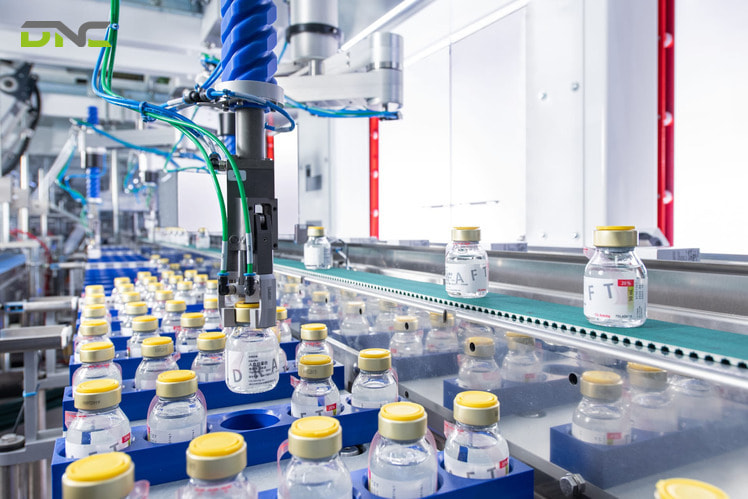
At DNC Automation, safety is not just a requirement — it’s a core design principle.
Conclusion
As packaging automation continues to evolve, safety standards remain the foundation of reliable and efficient production. Implementing the right safety measures protects your people, safeguards your equipment, and strengthens your brand’s reputation.
Investing in packaging line safety is more than compliance — it’s a strategic move toward long-term efficiency, reliability, and sustainability.
- 11 views
- 0 Comment



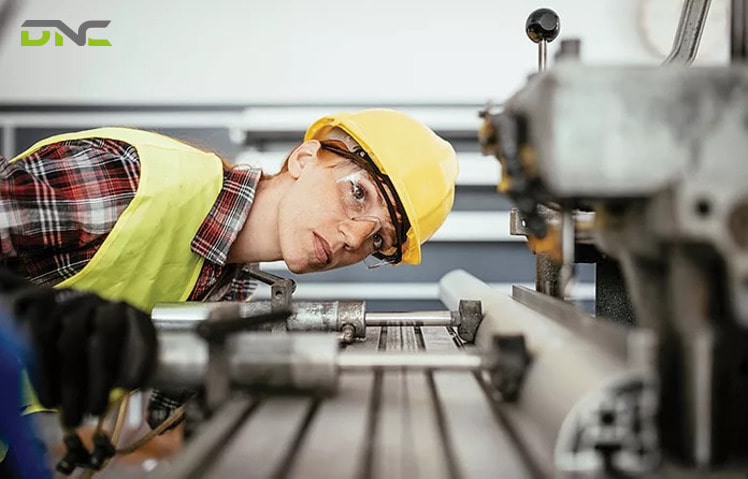
Recent Comments